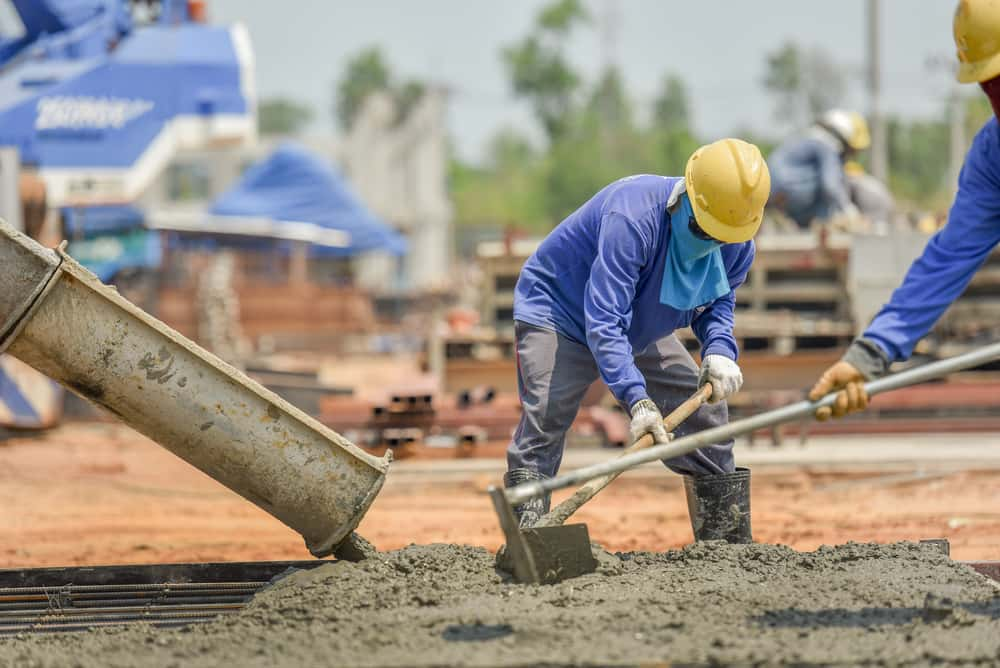Ask any child what a house is made of, and you will hear the classic answer – bricks and cement. It is an almost omnipresent knowledge regardless of whether or not one has witnessed the construction of a house. The idea is reinforced even in our school books that explain how pucca houses are made of bricks and cement.
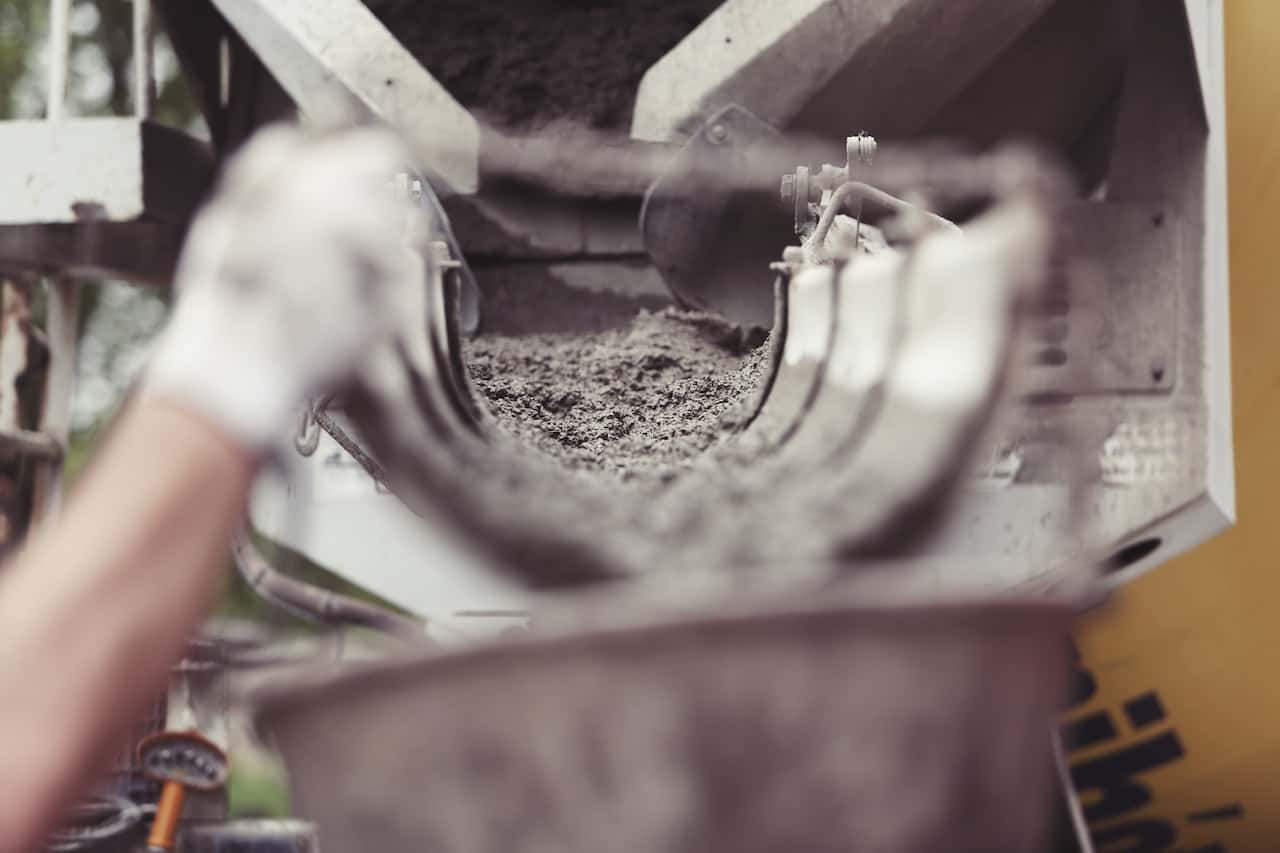
However, anybody who works in the field of construction or has been actively involved in building a house knows that the answer is not so cut and dry. There are, in fact, different types of cement used for different purposes. Even though you are not Tim Allen from Home Improvement or even Bob the Builder from the British animated series, staying informed never hurts. For all you know, it could help you understand your contractor better or prevent wasting money on the wrong types of cement.
So, if you are curious to know about it, then you have come to the right place! Here is a look at the different types of cement and their uses:
Ordinary Portland Cement (OPC)
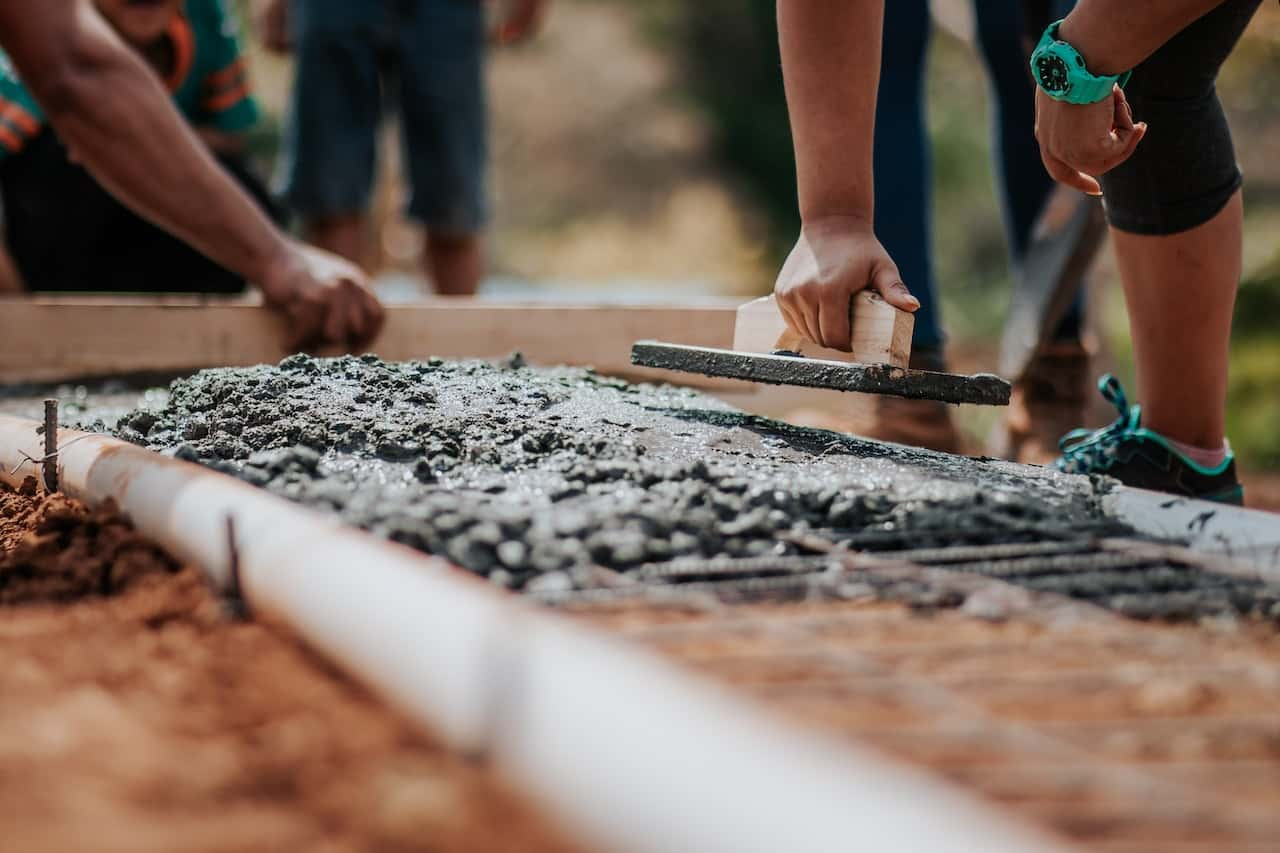
Ordinary Portland Cement or Basic Portland Cement is one of the commonest types of cement available in the market. This high-strength cement is made by heating limestone and clay (or marl) minerals in a kiln to form Portland clinker. The Portland clinker is then ground into a fine powder, and small quantities of gypsum and water are added to it.
It is a truly versatile cement used for a variety of applications. For instance, it forms concrete, which is used for general construction, especially where there is no exposure to sulphates – either through soil or groundwater. This concrete is also used for manufacturing solid cinder blocks, AAC blocks, etc. OPC is also used as mortar for masonry work, grout for tile work, and plaster or wall putty to give walls a smooth finish. So, from your living room interior designs to the very building blocks of your home – you will find OPC everywhere!
Portland Pozzolana Cement (PPC)
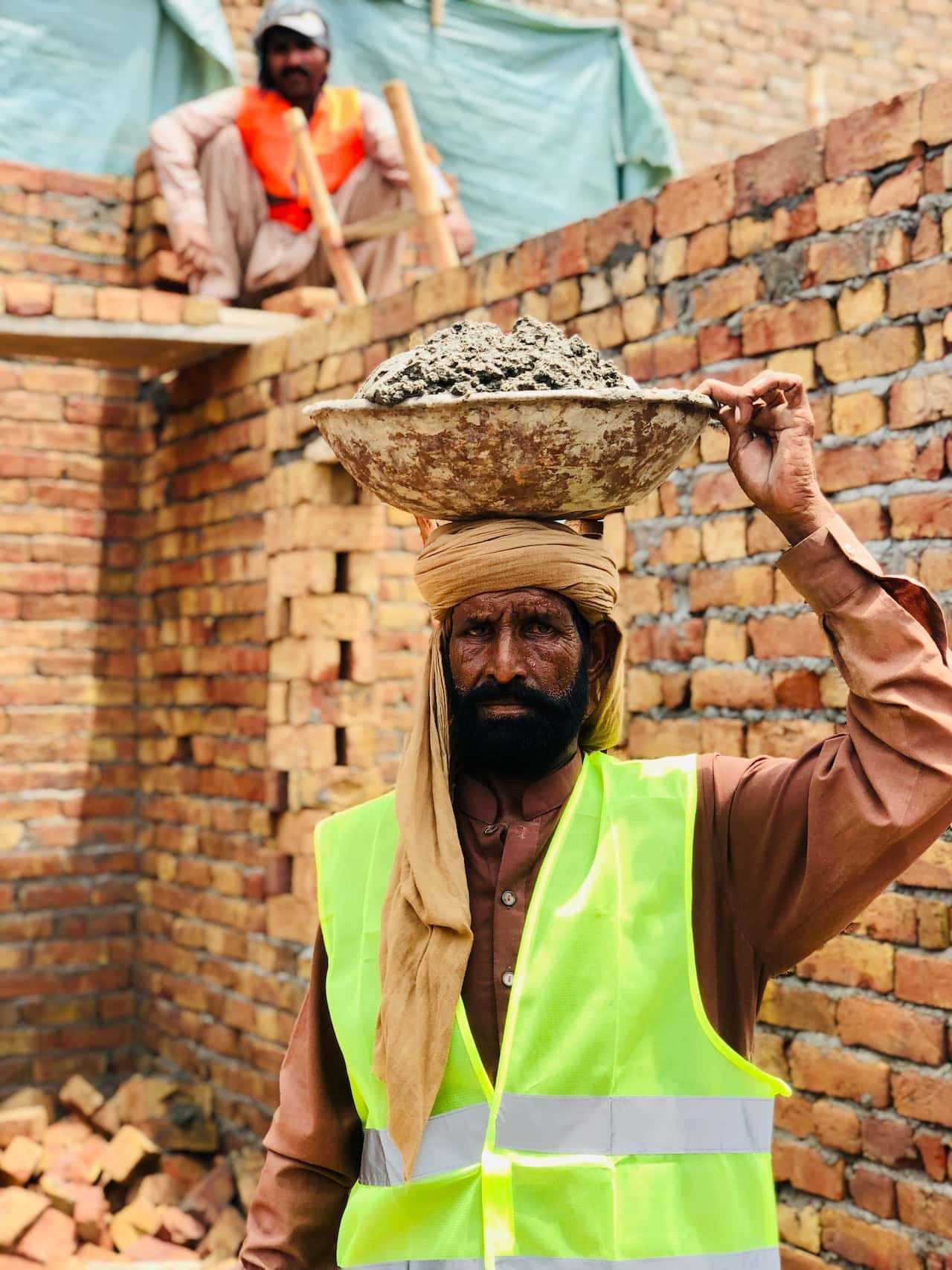
Next on our list of types of cement, we have Portland Pozzolana Cement or PPC. It is prepared by grinding Portland clinker with pozzolana or requires mixing OPC with pozzolana powder. Typically, the quantity of pozzolana ranges between 10 to 25% of the weight of cement. While pozzolana does not add to the binding property of the cement, it bolsters the strength of a structure to make it more resistant to abrasive chemicals.
As a result, it is widely used for the construction of waterfront marine structures like dams, piers, bridges, etc., sewage tunnels, and mass concrete buildings requiring a thick foundation. It is also worth mentioning that PPC is cheaper than OPC due to the mixing of pozzolana.
Rapid Hardening Cement (RHC)
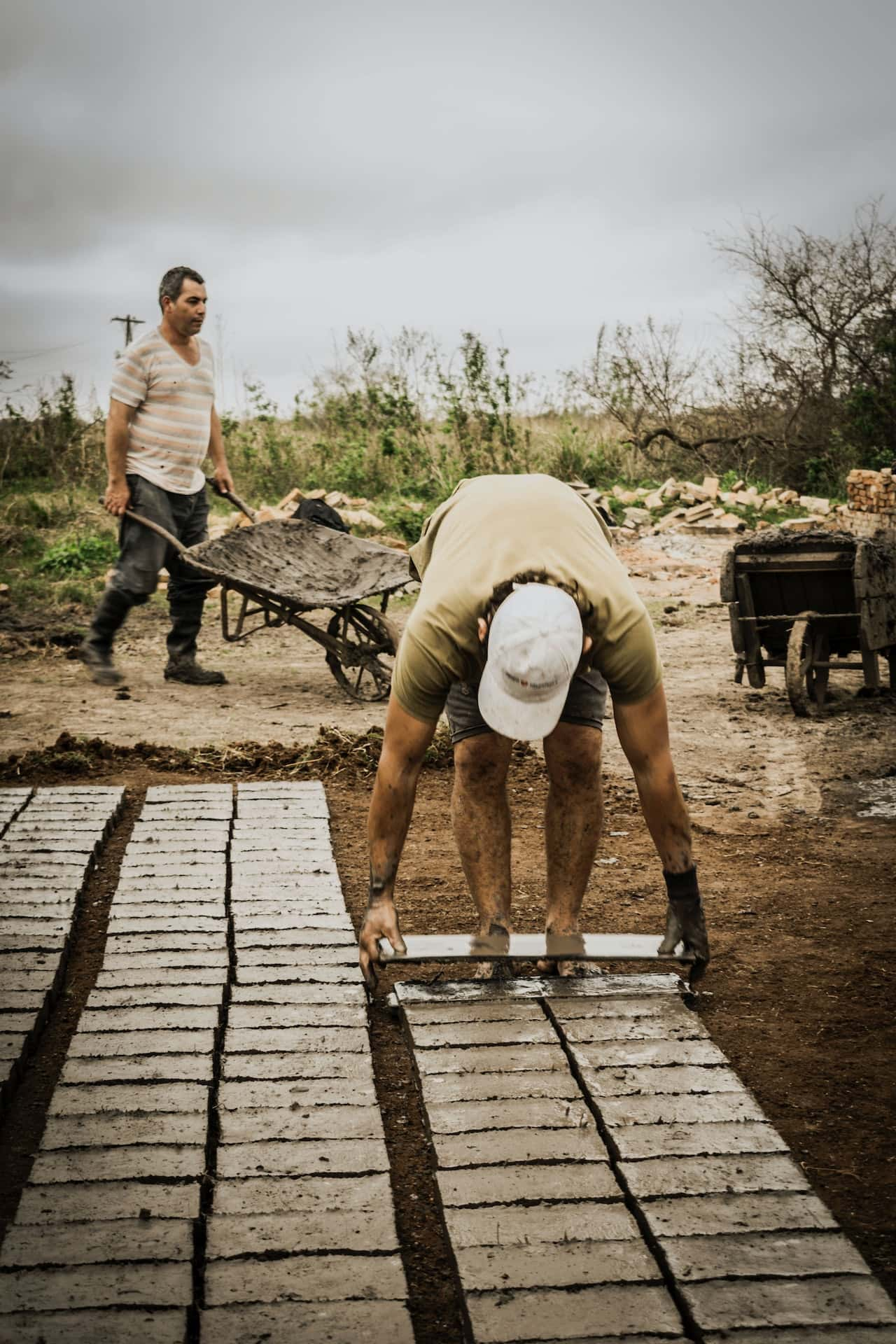
As the name indicates, rapid-hardening cement is a type of cement that sets quickly, with the initial setting time being 30 minutes and the final setting time being 10 hours. Despite its quick setting time, RHC is still a high-strength cement considering that its strength after 24 hours is equivalent to the strength of OPC after 3 whole days when using the same water-to-cement ratio!
It is possible as its composition is similar to OPC, albeit with the addition of finely ground tri-calcium silicate (C3S) and lime in some cases. Also, RHC is more finely ground than OPC. Due to its rapid action, RHC is used where one needs to do a quick job – like repairing roads, pavements, etc.
At the same time, it is also used for formwork that must be removed quickly. You can even find prefabricated RHC concrete formwork and shuttering that expedite construction and save time and money.
Quick Setting Cement
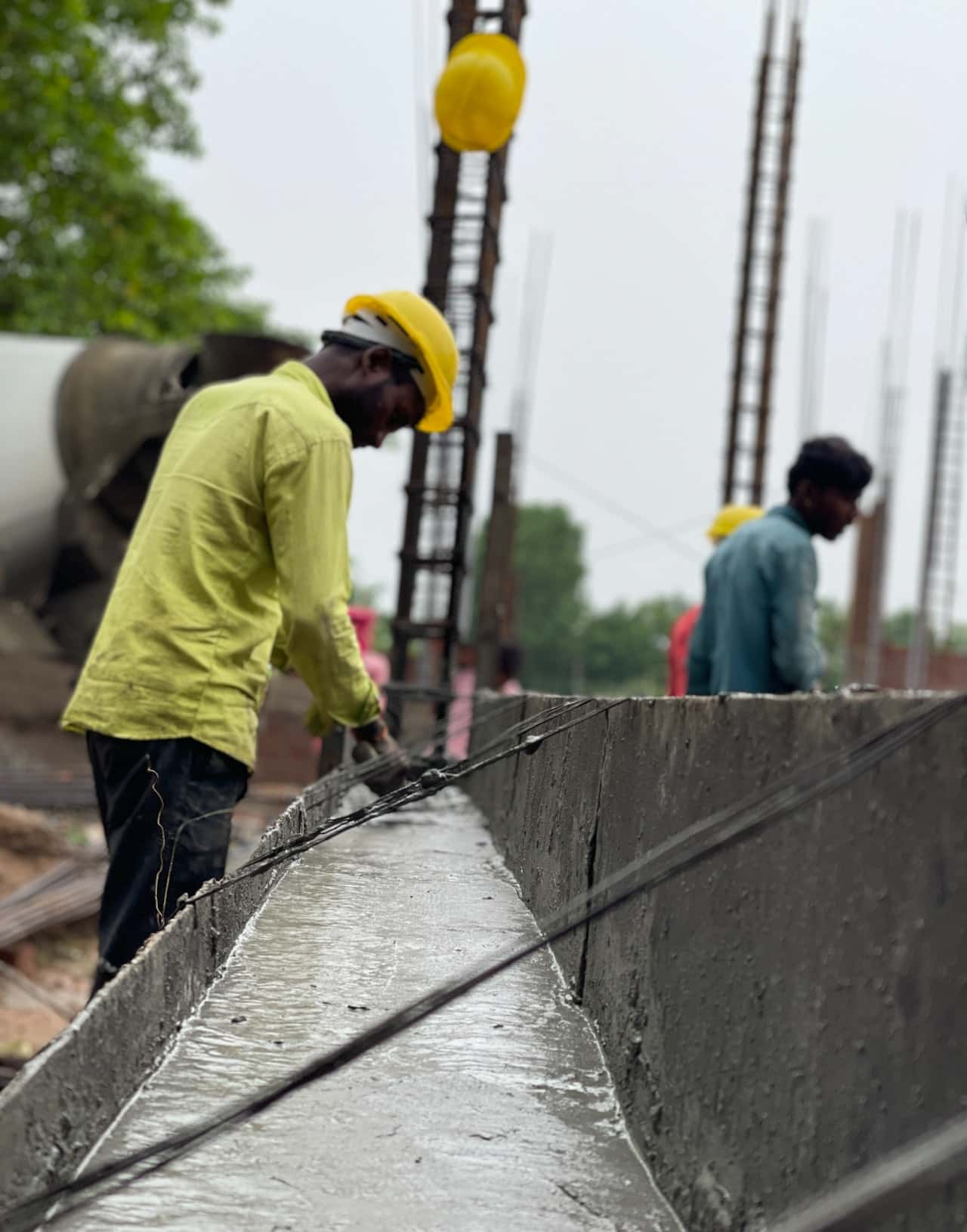 Quick-setting cement is essentially RHC on steroids! While RHC still requires a couple of hours to set fully, quick-setting cement takes as little as 5 minutes for the initial setting and 30 minutes for the final setting! The composition of quick-setting cement includes Portland clinker and 1% to 3% aluminium sulphate by weight. The aluminium sulphate ramps up the hydration rate of silicate, which is why quick-setting cement sets at such a superfast rate.
Quick-setting cement is essentially RHC on steroids! While RHC still requires a couple of hours to set fully, quick-setting cement takes as little as 5 minutes for the initial setting and 30 minutes for the final setting! The composition of quick-setting cement includes Portland clinker and 1% to 3% aluminium sulphate by weight. The aluminium sulphate ramps up the hydration rate of silicate, which is why quick-setting cement sets at such a superfast rate.
Some variations of quick-setting cement contain calcium chloride in 2-25% of the cement weight. It is often used in cold and wet climates where the weather conditions are not conducive for setting OPC. It is also used for underwater construction and for rock-bolting or anchoring in underwater mining or tunnelling.
Sulphate-Resisting Cement
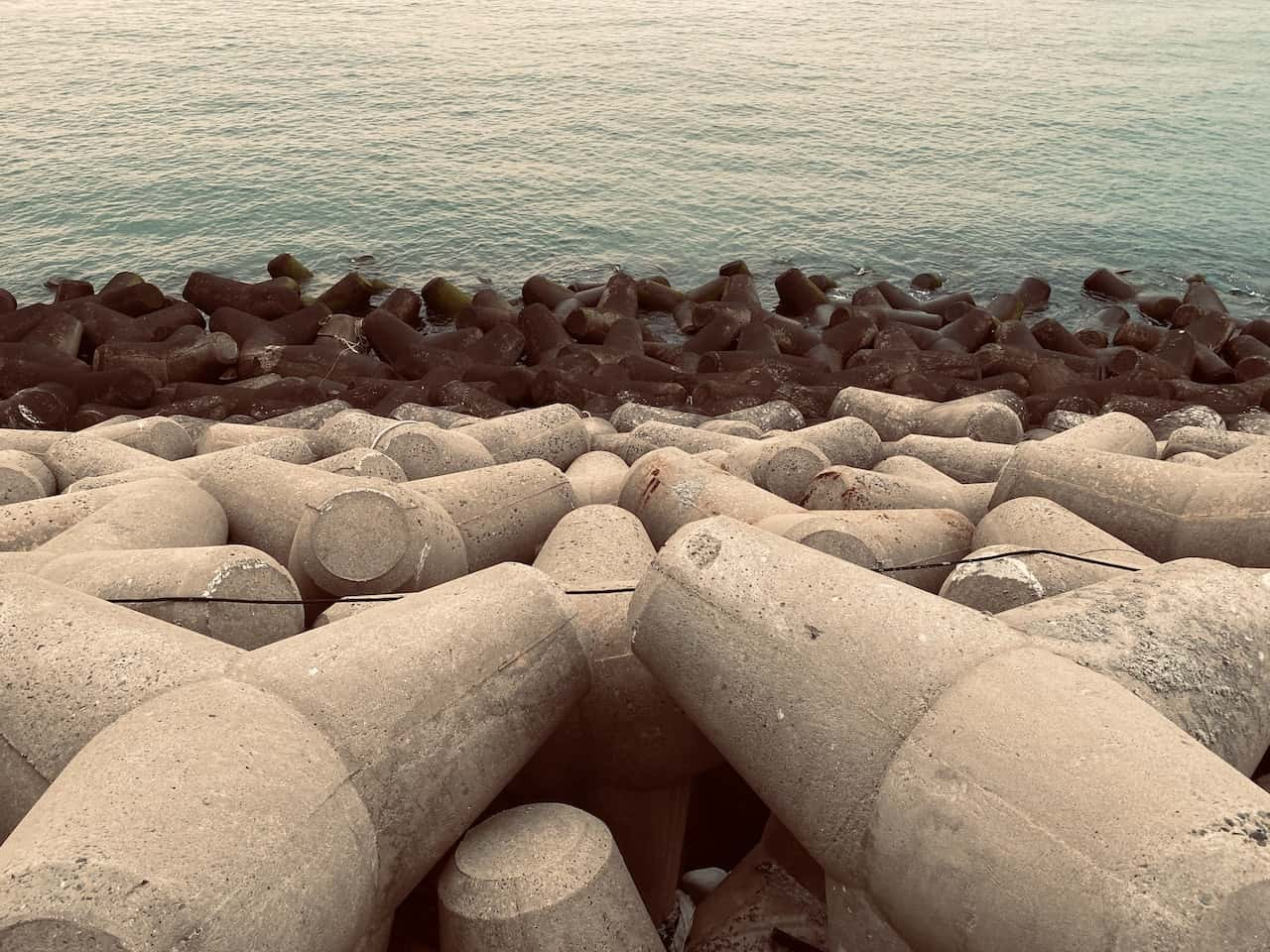
As you may have guessed, OPC does not do very well when exposed to sulphates causing it to crack, which is why there is sulphate-resisting cement. True to its name, sulphate-resisting cement can withstand the attack of sulphates from soil or groundwater. This property of sulphate resistance is possible due to the higher concentration of silicates and a lower percentage of tricalcium aluminate (C3A) and tetra calcium aluminoferrite (C4AF).
Accordingly, sulphate-resisting cement can be used for constructions having direct contact with soil or groundwater having more than 0.2% to 0.3% grams per litre of sulphate salts. It is also used for sea-facing concrete surfaces like bridge piers, aprons, breakwaters, etc., that experience alternate wetting and drying. Further, it can be used in effluent treatment constructions like chimneys, water storage, drainage, sumps, cooling towers, etc., in industrial settings.
Low Heat Cement
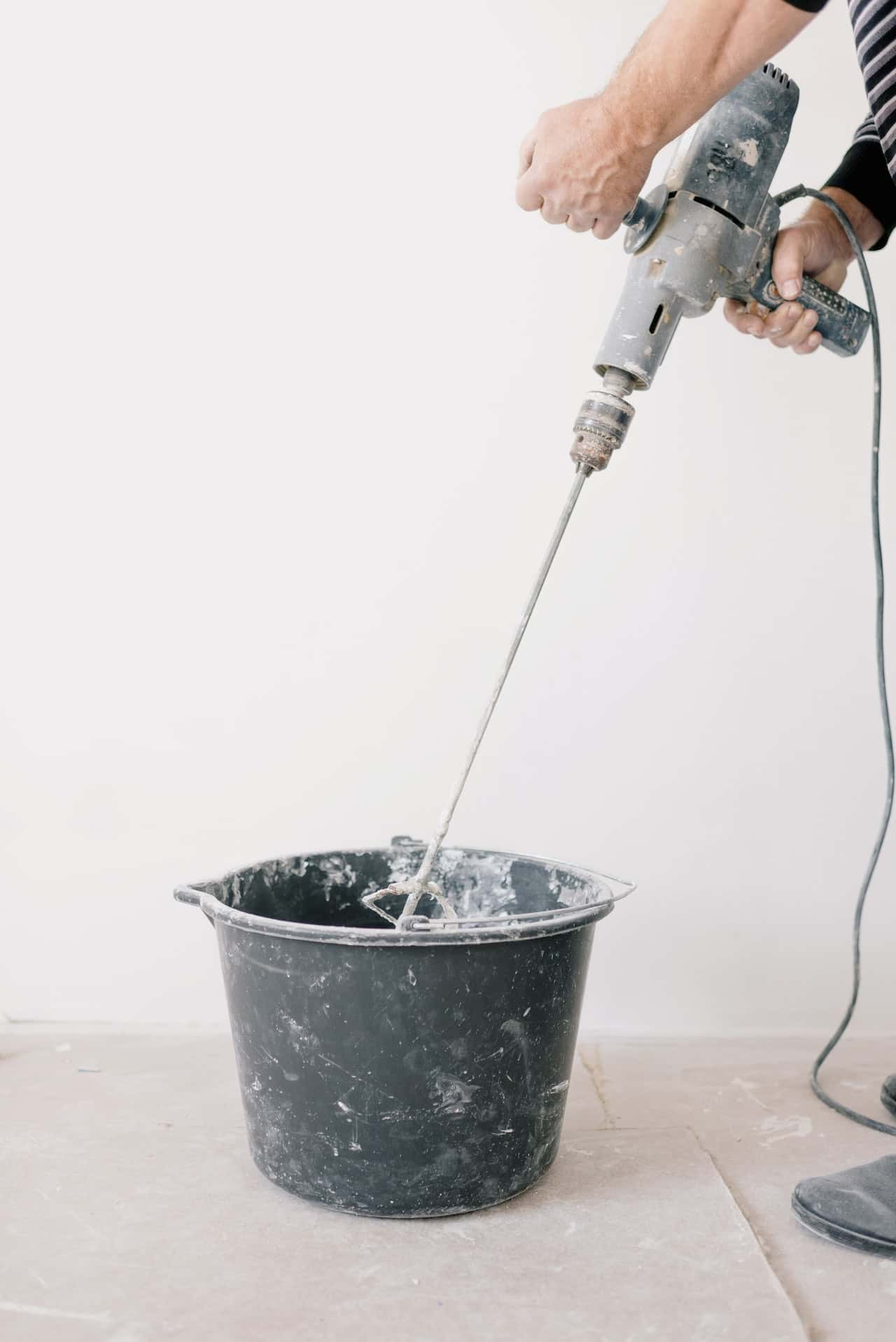
The addition of water to cement results in a chemical reaction that generates excessive heat – some more in cases like sulphate-resisting cement. As such, low-heat cement is in great demand where heat management may not be practical or for safety reasons. It is a variation of OPC where the percentage of C3A is kept lower than 5% while the percentage of dicalcium silicate (C2S) is increased to 46%. Such a modification in the composition increases the initial setting time as this type of cement is less reactive than OPC.
Also, low-heat cement is more resistant to sulphate than OPC. As a result, it is used in mass concrete construction like the footing of gravity dams, plinths of wind turbines, or large raft slabs since the low heat of hydration prevents the cracking of concrete due to heat.
Blast Furnace Slag Cement
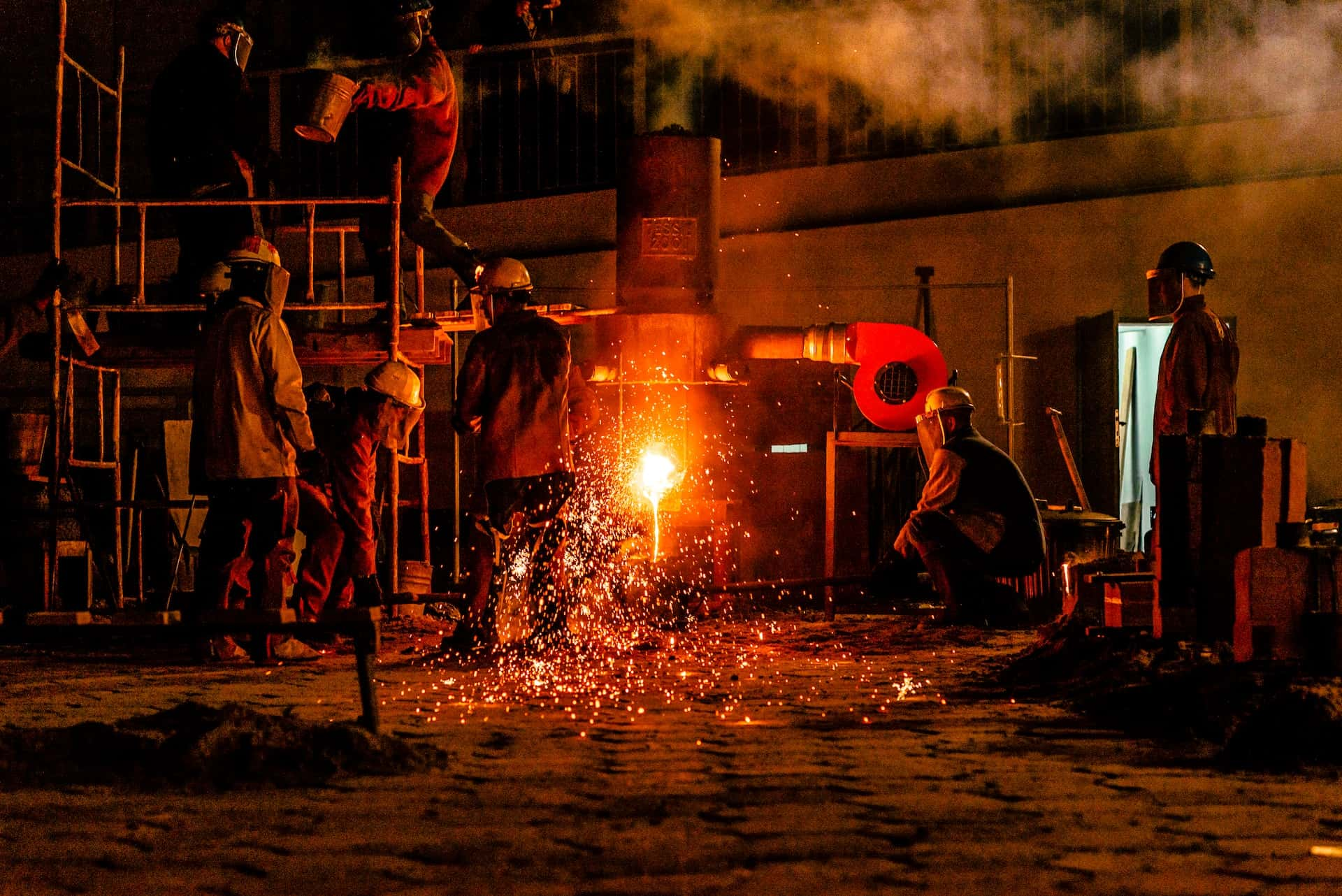
Blast furnace slag cement or Portland slag cement is a non-metallic form of cement containing silicates and aluminosilicates of lime or other bases. It is obtained by grinding Portland clinker with 60 to 65% granulated blast furnace slag to produce cement that is similar to OPC but at lower costs. It also contains traces of gypsum and other permitted additives.
Blast furnace slag cement has the high sulphate-resisting property of certain different types of cement and generates lower heat. Due to its high durability is used in seawater construction or reinforcing foundations, dams, walls, etc. It may also be used in applications where budget is a major constraint while using OPC.
Hydrophobic Cement
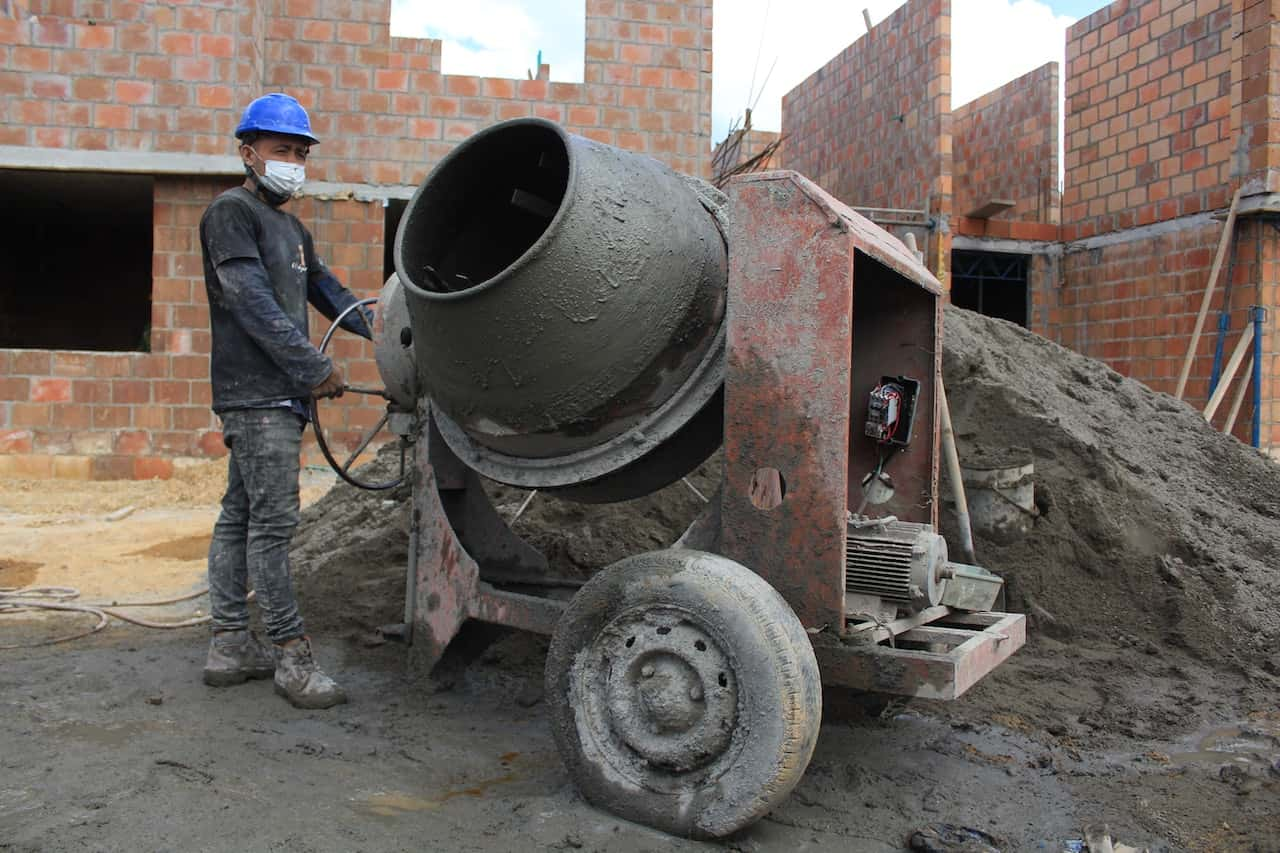
Hydrophobic cement should not be confused with waterproofing cement. It is prepared by mixing OPC with powdered water-repelling chemicals like Oleic acid, Naphthenic acid, or Stearic acid. These chemicals form a hydrophobic layer on every cement particle, making it more resistant to air, water, or moisture.
Such a film prevents the hydration of cement during storage or transportation, thereby increasing its shelf-life. And when you need concrete, you can simply mix the cement and water thoroughly or agitate it in a mixture to break the hydrophobic layer. Such a process will allow the cement to hydrate normally the way it does with OPC. It finds great demand in wet areas that experience long-term monsoons and is used for constructing underground, submerged, or water structures.
High Alumina Cement
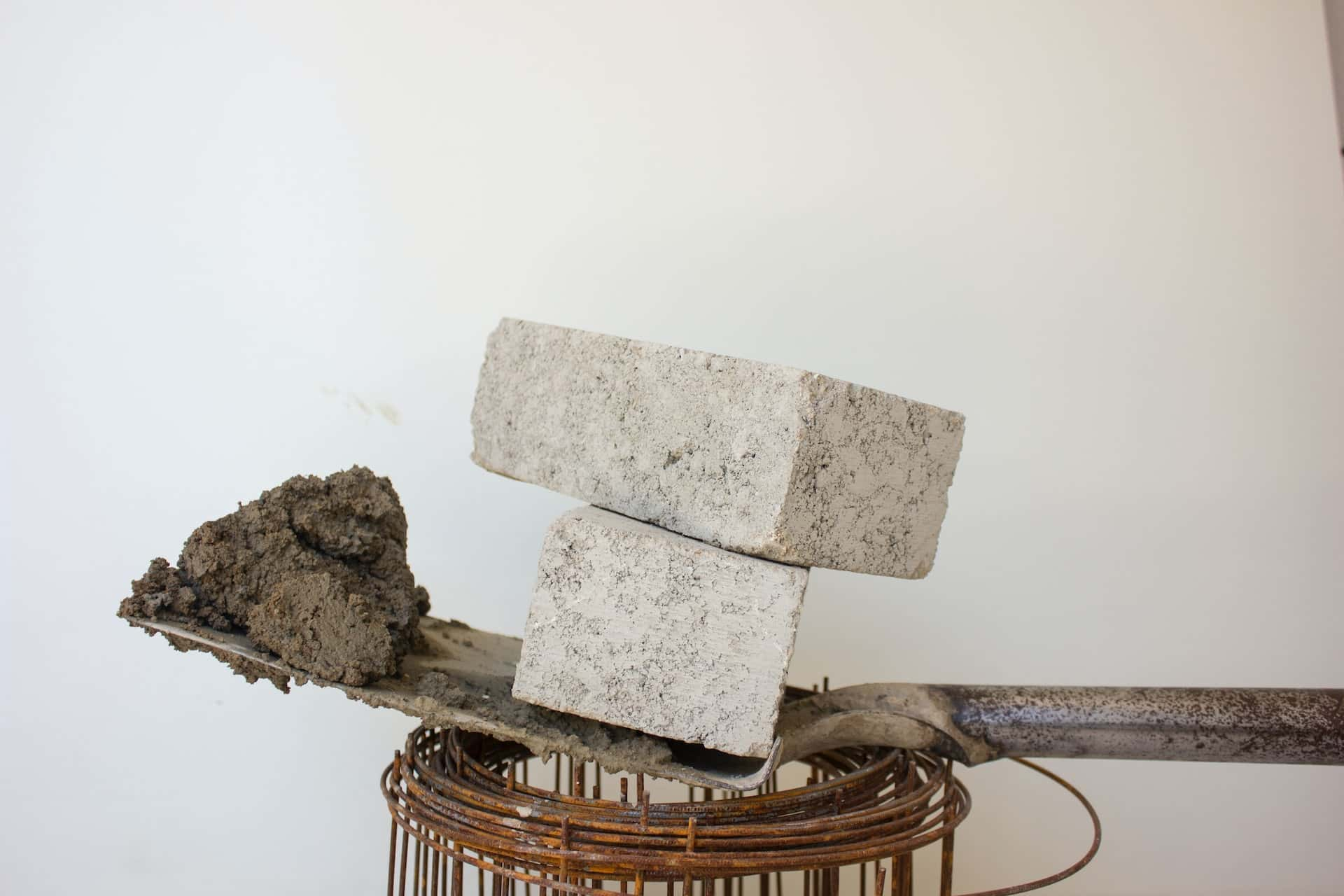
High alumina cement is manufactured by grinding Portland clinker, ordinary lime, and calcium bauxite or monocalcium aluminates. The alumina content is typically greater than 32% of the cement by weight. Also, the ratio of alumina to lime, by weight, should be 0.85 to 1.30. It may also contain traces of iron oxides, silica, and other oxides. The high levels of calcium aluminate allow this type of cement to harden quickly.
At the same time, it possesses high early strength and produces high heat of hydration. It is used in very low temperatures or freezing conditions. At the same time, it is also used in workshops, foundries, and refractories where structures are subject to high temperatures. It is worth mentioning here that high alumina cement is characterised by its black colour.
White Cement
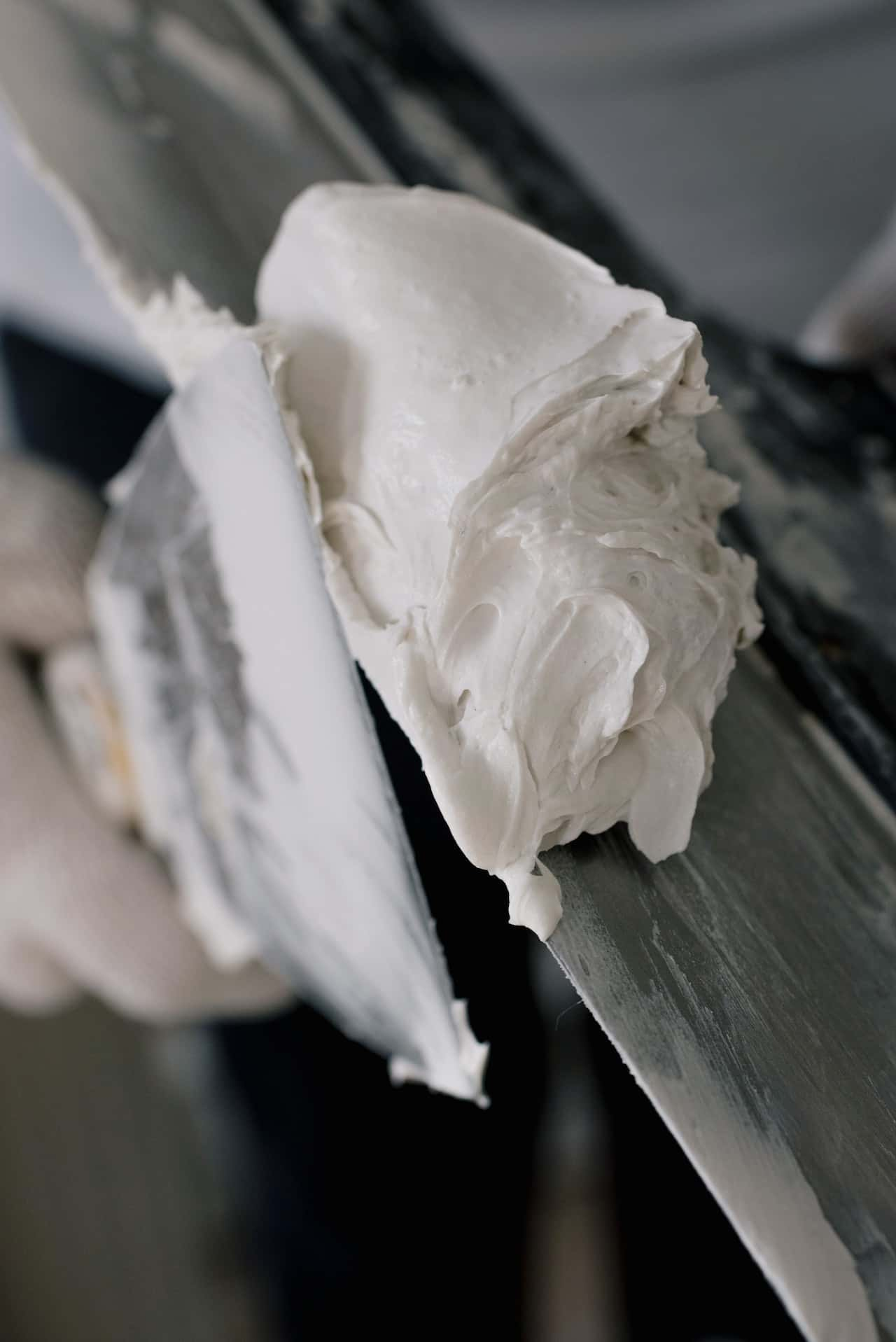 White cement is a type of OPC cement minus the colour. It acquires its white colour from the exclusion of iron and manganese oxide. It also contains clay and lime in higher proportion. You will find it being used for decorative works and for aesthetic coverage. It is also used as tile grouting, roof patching material, terrazzo tile base, and swimming pool grouting and surfaces.
White cement is a type of OPC cement minus the colour. It acquires its white colour from the exclusion of iron and manganese oxide. It also contains clay and lime in higher proportion. You will find it being used for decorative works and for aesthetic coverage. It is also used as tile grouting, roof patching material, terrazzo tile base, and swimming pool grouting and surfaces.
Due to its higher price point, its use is relatively limited compared to OPC. In addition to white cement, you also get coloured cement. It is essentially white cement with mineral pigments in 5 to 10% to add colour. Like white cement, coloured cement is used mainly for aesthetic applications on walls, ceilings, and floors.
Expansive Cement
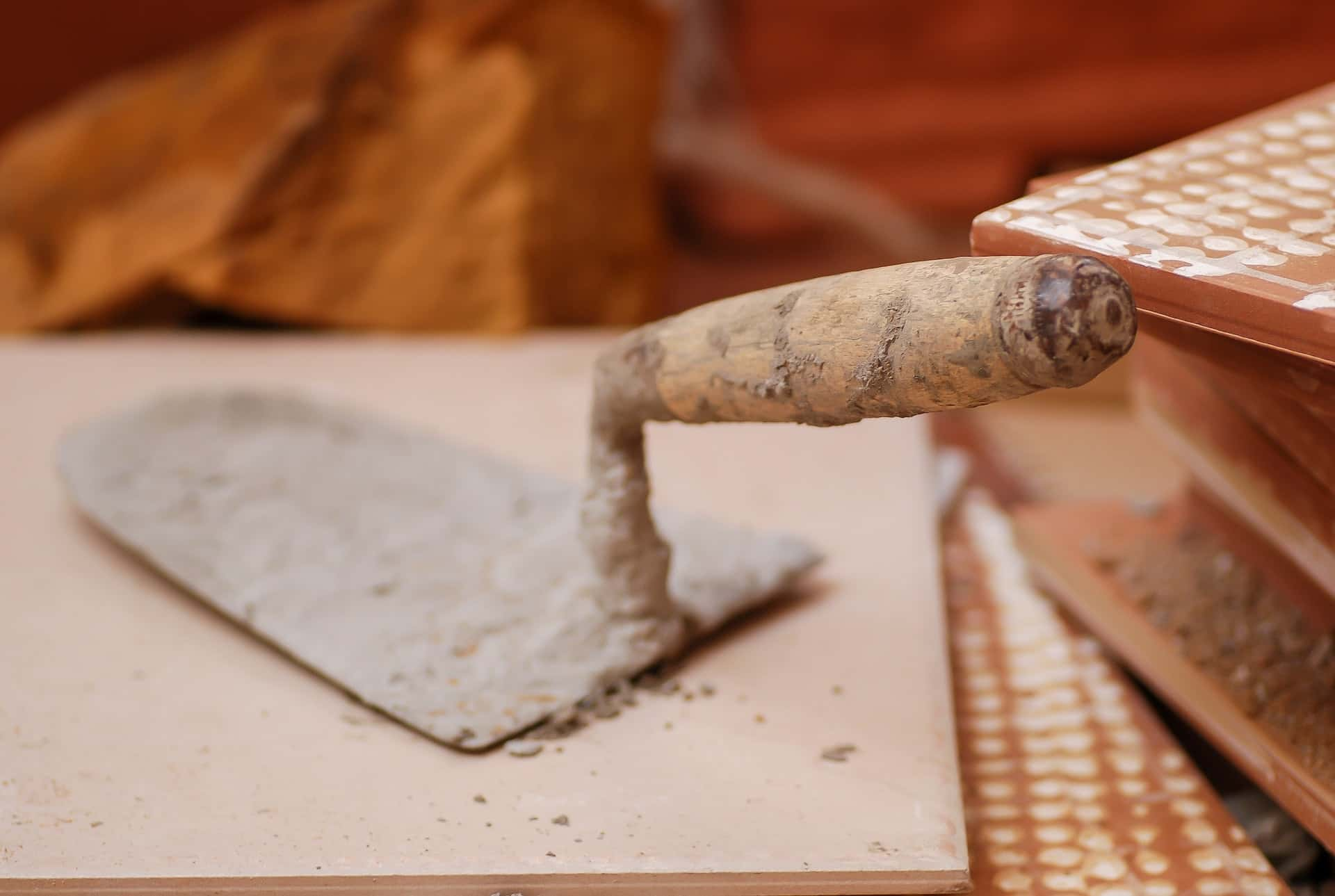
While the different types of cement shrink while setting, expansive cement retains its volume even after drying. In fact, expansive cement does not shrink at all – while setting or after hardening. There are three types of expansive cement – K-type, M-type, and S-type. The categorisation of these types of cement depends on the raw material used as the expansive agent and stabiliser.
For instance, K-type expansive cement uses anhydrous tetra calcium trialuminate sulphate (C4A3S), calcium sulphate (CaSO4), and lime. Expansive cement finds use in construction in the form of pre-stressed concrete components and hydraulic structures. It is also used for grouting, sealing joints, and underwater anchoring and bolting.
Closing Thoughts
As you can see above, there are several types of cement available in the market. We hope that the blog clarifies all your doubts regarding different types of cement and their uses. Some have very specific applications, while others have generalised use.
Next time your contractor says you need to purchase a certain kind, you will be well aware of the reasoning behind it – or protect yourself from being fleeced. Either way, this knowledge will come in very handy in practical life.
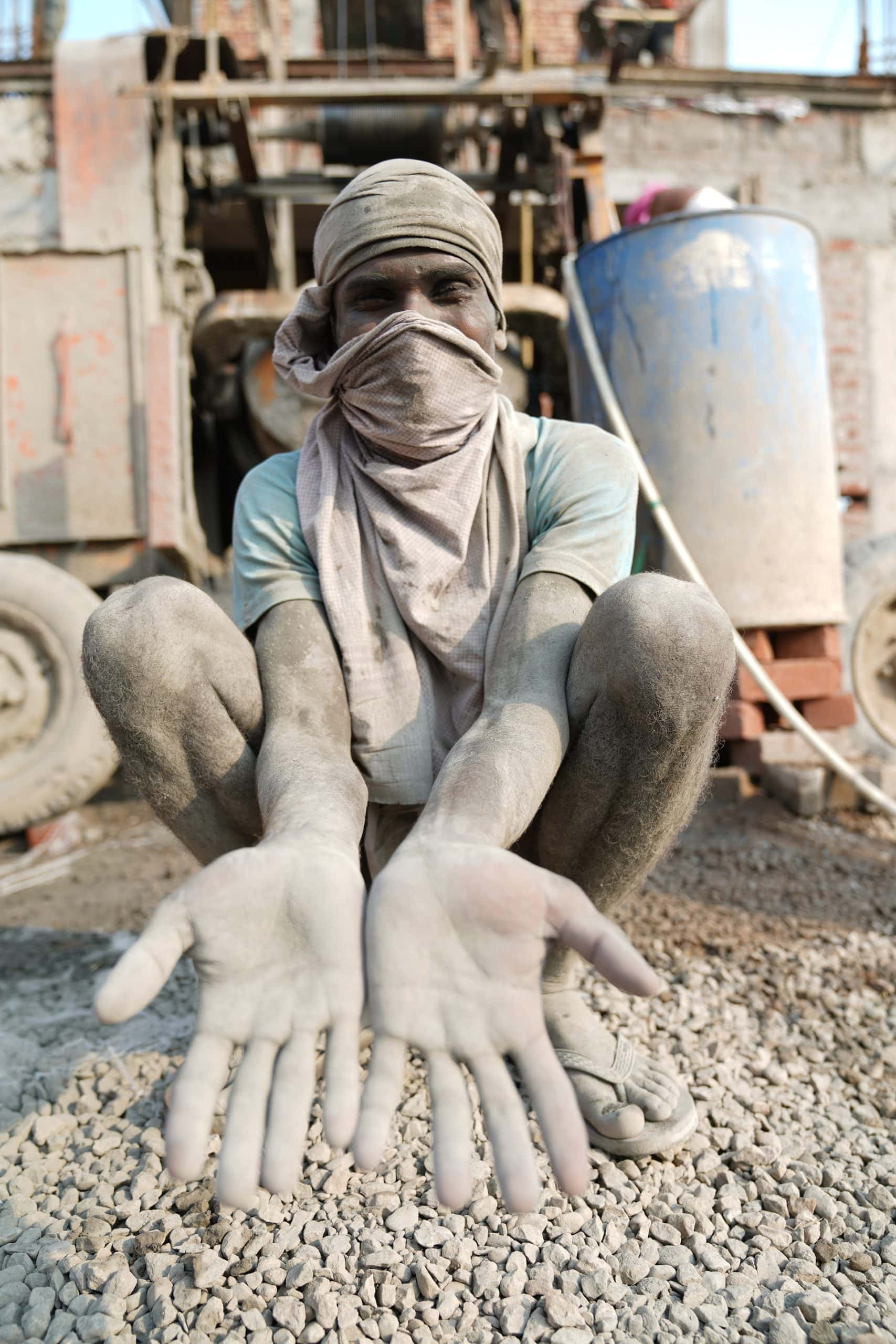 Stay tuned to the HomeLane blog to know more about home construction, renovation, and decoration. Also, if you plan on redesigning your home and don’t know where to start, you can schedule a personalised consultation with our experts to commence the journey.
Stay tuned to the HomeLane blog to know more about home construction, renovation, and decoration. Also, if you plan on redesigning your home and don’t know where to start, you can schedule a personalised consultation with our experts to commence the journey.
FAQs
1. What is Cement Made Of?
Cement is made via a highly controlled chemical reaction involving calcium, aluminium, silicon, iron, and other minerals. Such ingredients are obtained from limestone, chalk, marl, shells, clay, slate, silica sand, metallic ores, and even blast furnace slag.
2. What are the 5 Different Types of Cement?
The five common types of cement are:
- Ordinary Portland Cement
- Rapid Hardening Cement
- Sulphate-Resisting Cement
- Low-Heat Cement
- White Cement
There are many other different types of cement, which we have discussed in detail above.
3. Which Type of Cement is Widely Used?
Ordinary Portland Cement, or OPC, is the most commonly used type of cement.
4. What is the Difference Between Concrete and Cement?
Even though the terms ‘concrete’ and ‘cement’ are often used interchangeable, they are not the same. Cement is powder possessing binding properties, whereas concrete is a mixture that contains sand, gravel or crushed stone, water, and cement. In other words, cement is essentially just one ingredient of concrete.
5. Is Cement Toxic to Humans?
Yes. Cement is highly toxic. It can trigger skin, eye, and respiratory issues upon exposure to cement dust. On contact, it can also trigger allergic reactions and have a corrosive effect on human tissue. The latter is known as cement poisoning.

